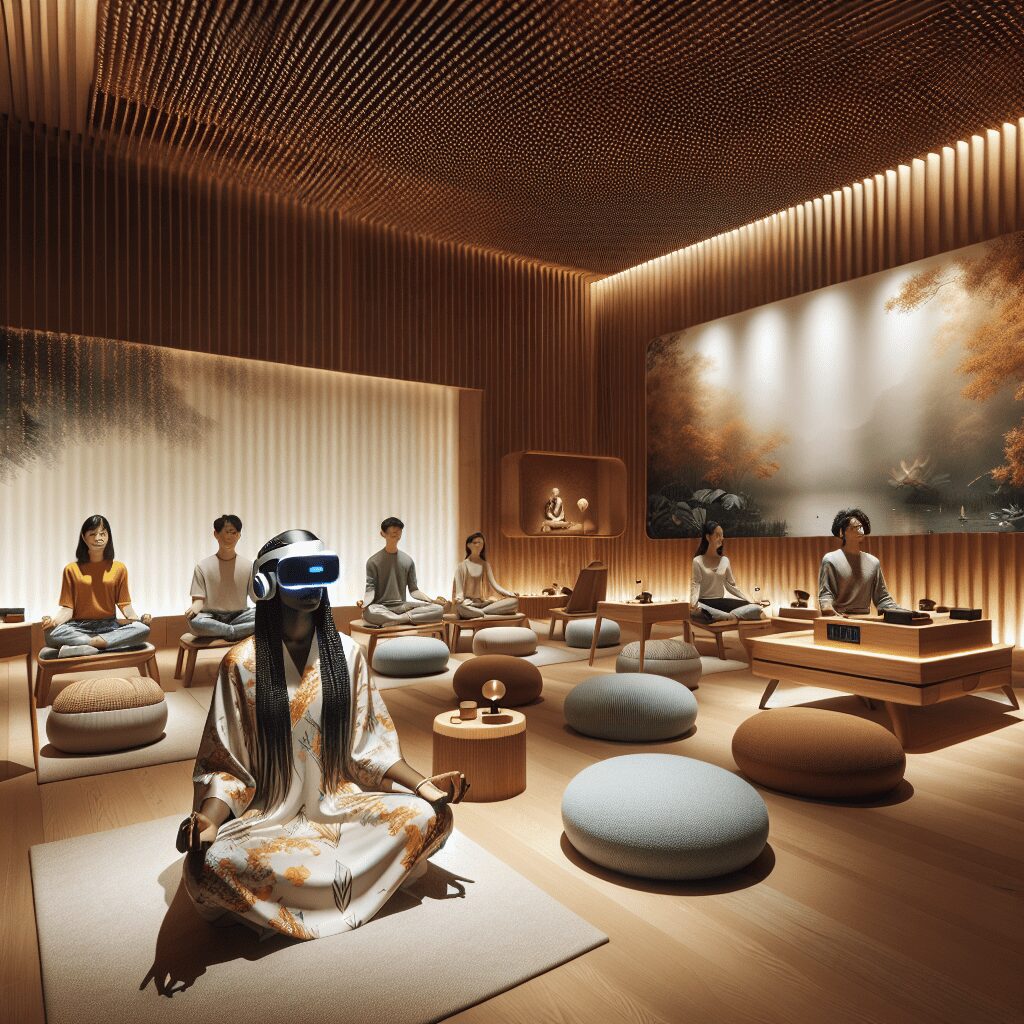
Prioritize your mental well-being daily. Enhance your life by nurturing your mental health with the Smart Meditation app. Break free from stress, alleviate anxiety, and enhance your sleep quality starting today.
Do You Have To Sit While Meditating?
Finding Comfort in Meditation: Beyond the Chair
Have you ever found yourself wondering if the key to unlocking the heart of meditation requires you to be parked on your posterior? The image of someone sitting serenely in the lotus position seems almost synonymous with the practice of meditation itself. However, the essence of meditation stretches far beyond this traditional pose, inviting a multitude of forms that cater to comfort, preference, and individual need. So, let’s unravel the narrative and dive into the many faces of meditation.
Unveiling the Myth: Seated Meditation is Not the Sole Path
At its core, meditation is the practice of turning one’s attention inward, focusing on the moment, and fostering a sense of mindfulness or reflection. It’s a journey inward, a quest for tranquility in the tumult of our daily lives. And while the classic seated posture has its roots deeply entrenched in centuries of tradition, it’s certainly not the only way to reach meditative bliss.
Breaking it Down: Alternative Forms of Meditation
-
Walking Meditation: Ever heard of taking a stroll to clear your head? Walking meditation is just that, but with a mindful twist. It involves walking slowly and purposefully, each step taken with deliberate awareness. It’s perfect for those who find peace in movement and those who feel too restless to sit still.
-
Standing Meditation: As odd as it may initially seem, standing in a relaxed yet attentive posture can serve as an effective meditative stance. This practice, often referred to in Qigong and Tai Chi, focuses on grounding and centering oneself with the earth’s energy.
-
Lying Down (Supine) Meditation: Sometimes called “corpse pose” in yoga, lying down can provide an excellent way for practitioners to reach a meditative state, especially those with physical limitations or those seeking a pre-sleep ritual.
Now, it’s crucial to point out that while these forms offer alternatives, the essence of meditation remains constant—cultivating a deep, inner stillness and mindfulness, irrespective of the body’s position.
Harnessing the Power of Adaptability in Meditation
The liberating truth? Meditation doesn’t confine itself to stiff, rigorous protocols. It embraces adaptability, making it accessible for everyone, regardless of physical condition or lifestyle.
However, there’s a smidge of advice for those exploring meditation’s vast landscape: while experimenting with different postures, keep a keen eye on the essence of meditation. It’s easy to get caught up in finding the “perfect pose” and miss out on the profound simplicity and depth of becoming truly present.
In a nutshell, the query, “Do you have to sit while meditating?” unlocks a broader perspective on meditation, inviting us to explore its richness in a way that resonates most profoundly with us. Whether seated, standing, walking, or lying down, the heart of meditation beats steadily, awaiting our presence in the here and now. So, why not step out of the box (or off the cushion) and discover a meditative practice that feels like home?





